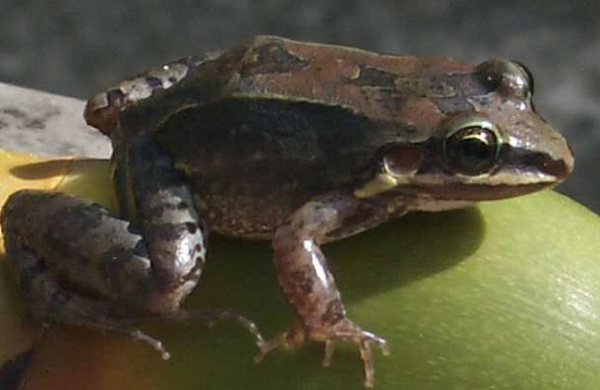Facts About Günther's White-lipped Frog
Leptodactylus albilabris, commonly known as the white-lipped frog or ranita de labio blanco, is a captivating amphibian belonging to the Leptodactylidae family. These frogs inhabit regions such as Hispaniola, Puerto Rico, the British Virgin Islands, and the U.S. Virgin Islands.
These terrestrial frogs primarily dwell on land and possess smooth skin. Their life cycle begins as tadpoles, which are brown in coloration and can grow up to approximately 1.5 inches in length. As they mature into adults, they typically measure around 1.4 inches from snout to vent, though individuals residing at higher elevations can attain slightly larger sizes.
A hallmark trait of the white-lipped frog is its distinctive white upper lip. They also feature unwebbed fingers and toes, black streaks between their eyes and snouts, and emit a characteristic "pink-pink-pink" call. Their diet primarily comprises insects, millipedes, and terrestrial snails.
For reproduction, these frogs lay their eggs in foam nests on the ground, often beneath rocks or logs. The eggs then develop into tadpoles, which grow in temporary pools or other minimally flowing bodies of water.
